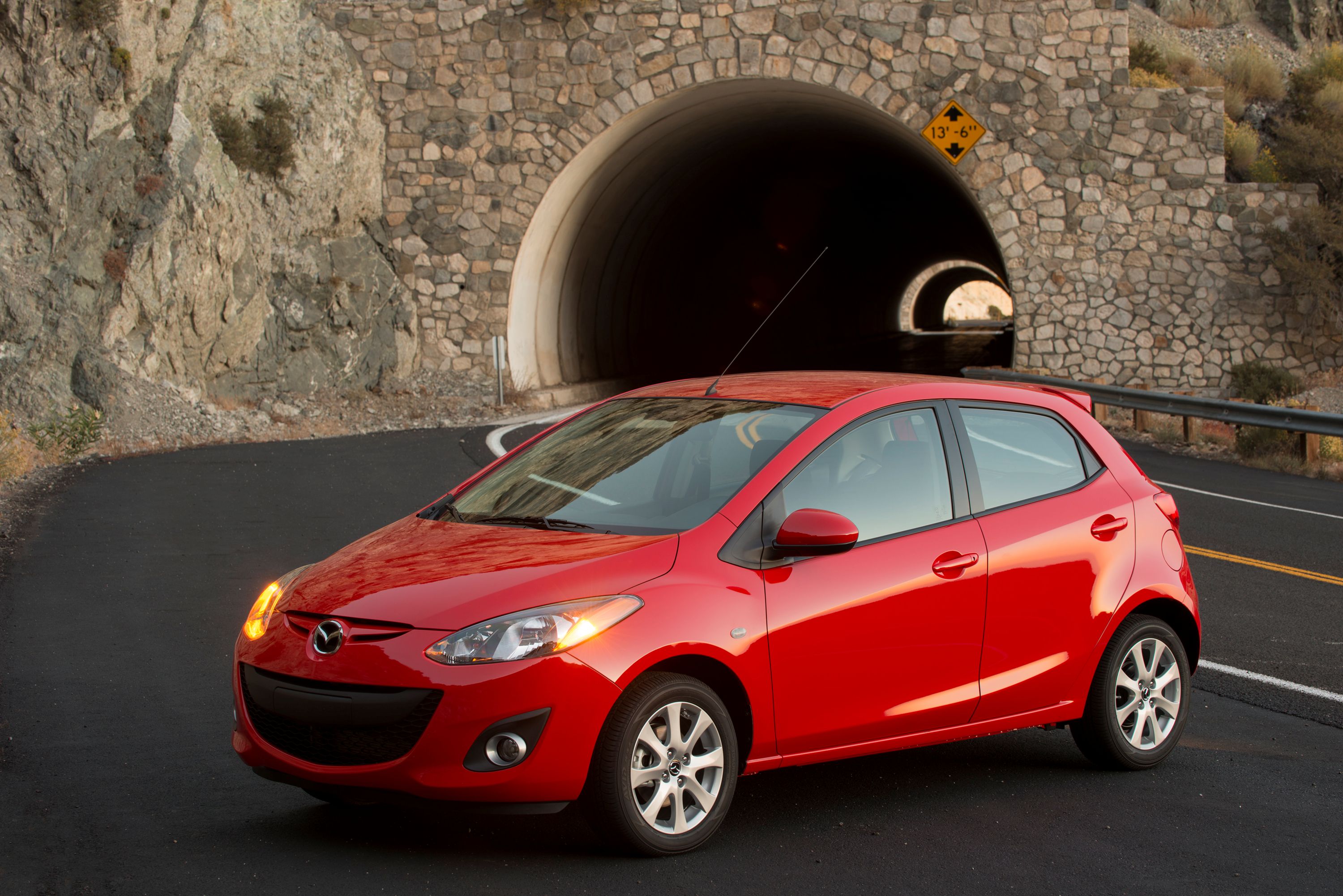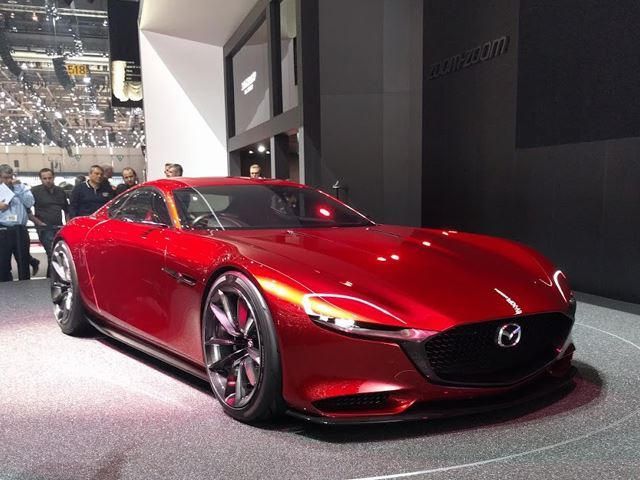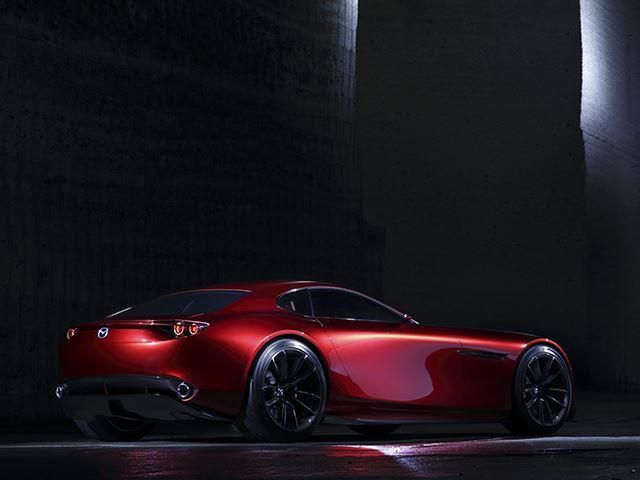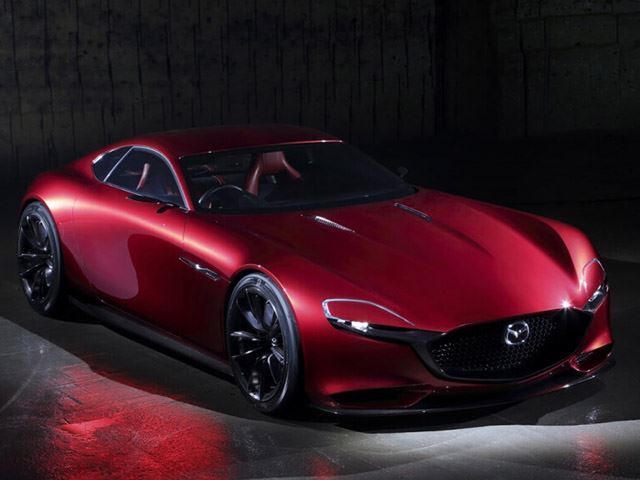
At the tail end of 2007, Mazda pulled the wraps off of its Furai concept car and blew the world away with styling from the imagination of a Tron animator and the potential to stack up Le Mans trophies. Buyers prayed that the car would come to dealership lots and racing drivers crossed their fingers in hopes that they would get to prove the rotary engine could win races. Rotary engines usually aren't the most reliable types of motors, but Mazda had gotten them to work in the past and even won the 1991 Le Mans with one.
It seemed possible again, and the Furai seemed like the perfect character to cast in Mazda's underdog story. Then disaster struck, and of course Top Gear was involved. The famed and fully functional concept caught fire during a photo shoot when the engine bay started flaming up, making Mazda engineer's rotary dreams burn to a crisp along with the expensive concept car. Like any professional, Mazda brushed off its shoulders, got back up, and went at it again. It's a good thing that Mazda persisted because the result was beautiful. In 2015, the Japanese brand unveiled the RX-Vision concept to highlight how the brand's Kodo design language would look on a two-door coupe. Those who saw the car said it looked spectacular.
A low and long coupe had the sex appeal of the Jaguar E and F-Type while widened wheel arches at the back make the car look like it's ready to attack. A Mazda signature fat smile adorns the front but a downward grille angle and squinty headlights make the car look serious unlike its MX-5 Miata brother. The hood was intentionally made longer than it needed to be for aesthetic value, but a production version of the car could use this extra space to fit a large engine. A designer for Jaguar even called it the best concept he'd seen in 2015. Unfortunately, Mazda immediately turned around and said that they wouldn't build the car because the concept was purely a design study.
Of course, we'd be happy with any RX-Vision Concept styling that makes it to lower models, but why not just build the concept and make it a car that everyone can buy in a dealership? Thing is, everyone probably would buy the car if it was offered. Mazda could make it a true sports car that would hold position above the MX-5 Miata with some distance. Two doors, perfection-chasing Mazda handling, and the looks to kill would ensure success. Depending on the powertrain that Mazda choses, the RX-Vision could compete with anything from the Mustang GT and BMW M4 to the Porsche 911. The Mazda 2.6-liter four-rotor R26 B rotary engine was a powerhouse, making 700 horsepower.
An RX-Vision for everyday use could have something less powerful, in the neighborhood of 400-550 horsepower and send all of it to the rear wheels. The aforementioned engine won Mazda the Le Mans title in 1991 and was the first car powered by anything other than a reciprocating piston engine to win the race. Stuffed into the RX-Vision, a similar engine could be the first rotary engine to make supercars and sports cars break a sweat. With tires filling the wheel wells and reaching up more than half of the car's height, cornering ability would be through the roof. It may sound too good to be true, but if Mazda gave the RX-Vision a serious consideration, it could become a possibility.
While Mazda can still be considered a "cool" car brand, the RX-Vision concept would solidify this status without a shred of doubt and bring in some much needed Mazda sales. If the technology and styling makes it downstream, Mazda stands to make a nice profit, especially from the youth, which may become lifelong customers if the company makes a good impression. Not only would the RX-Vision concept pull off sales, but it would wipe away the stain of its melted supercar from the memories of its engineers, the Top Gear photographers, and most importantly, the general public. Please Mazda, make up for the Furai meltdown and gain some customers in the meantime by making it happen.



